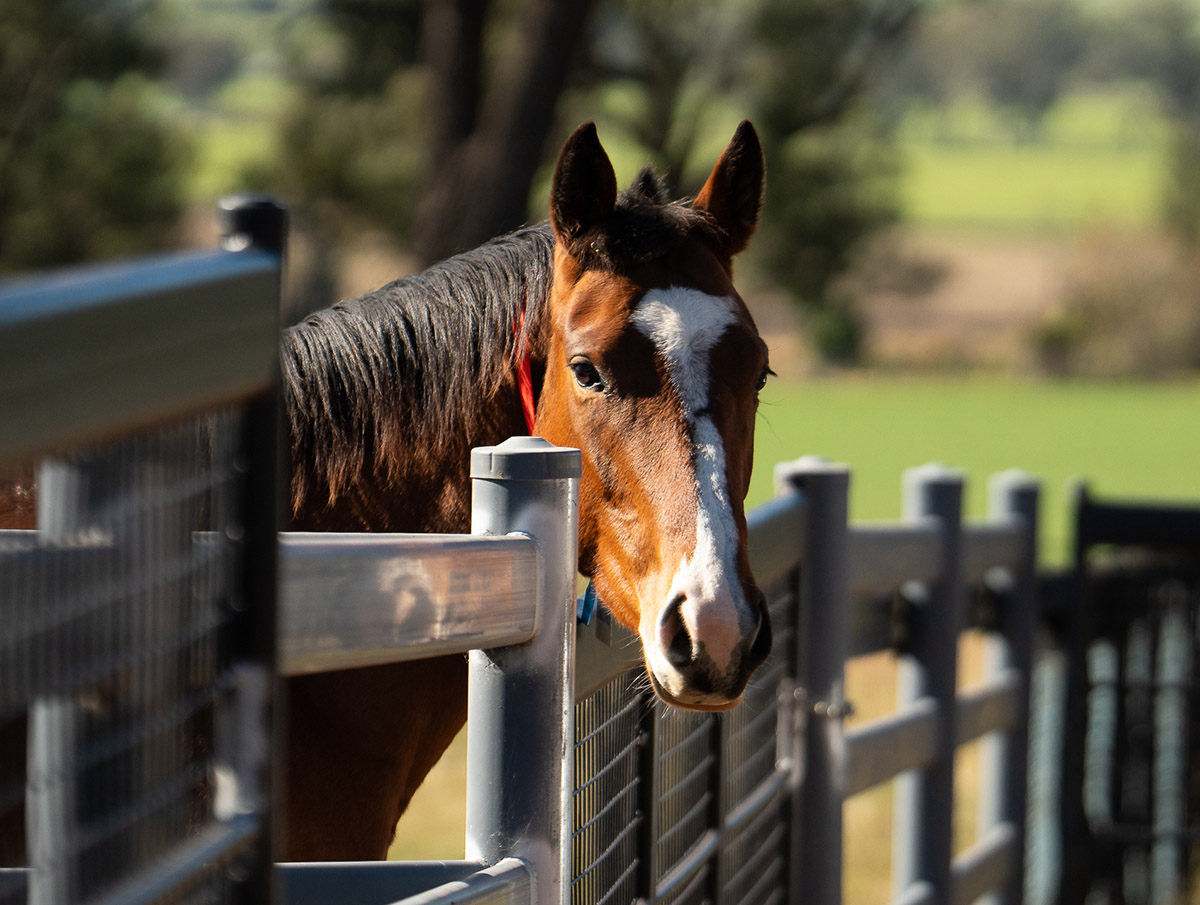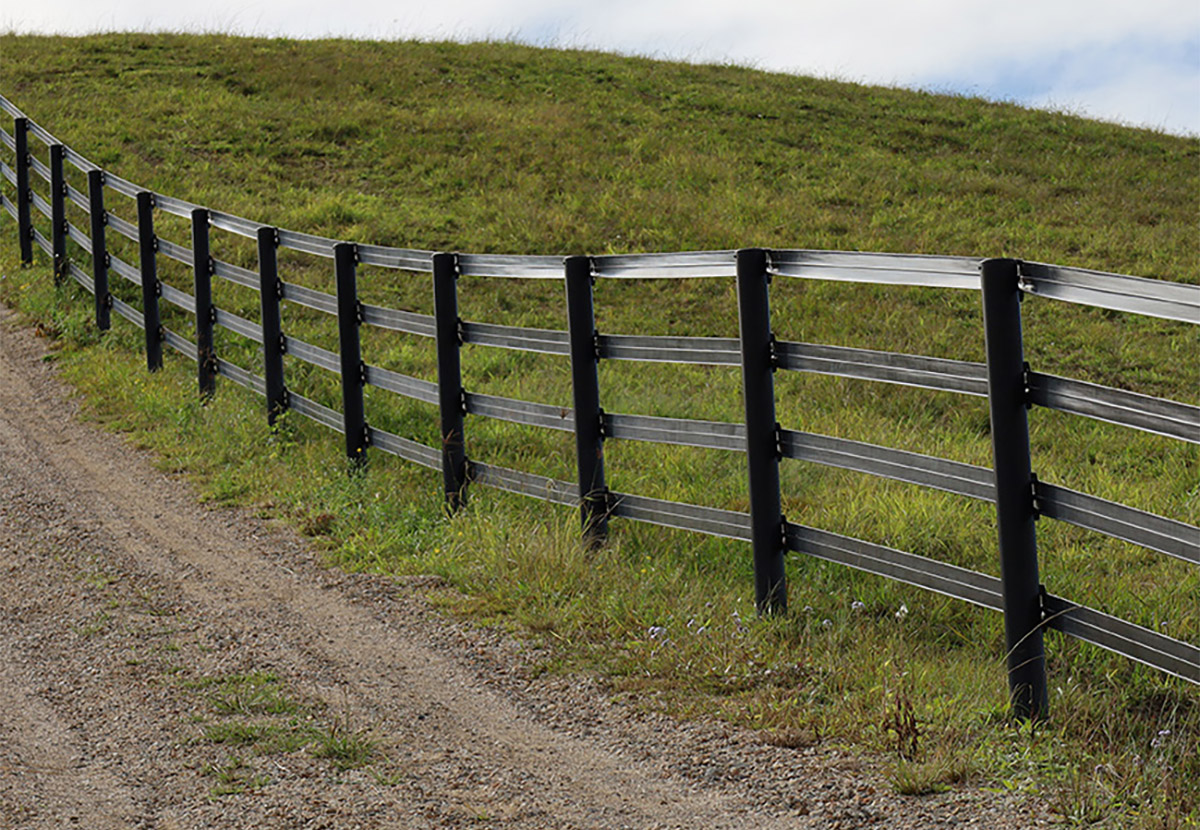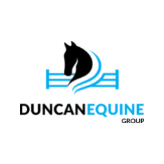Planning and deciding on the best horse fencing for your property can feel like a big decision with numerous options on the market and many factors to consider. But as horse people, we understand the top priority is ensuring the safety and well-being of our horses.
That’s why it’s essential to research thoroughly before committing – ensuring your fencing is not only safe but also suits your property layout and stands the test of time.
Prioritise your horse’s safety.
Safety should be the first consideration when selecting horse fencing. While paddock accidents are often considered inevitable with horse ownership, the right fencing can dramatically reduce the risk of serious injury.
Plastic, vinyl, electric and mesh fencing are all popular options for horse owners focused on safety. Plastic and vinyl rails offer smooth, flexible surfaces; electric deters horses from making contact; and mesh helps prevent horses from catching their legs – a common risk with traditional wire fencing.

However, not all fencing for horses is made equal
Stallion Rail gives horse owners the confidence to choose a superior product they can trust. Unlike wire, plastic rail fencing is highly visual to horses at both day and night. Combined with good tension, the flexible rail offers reliable support while minimising the risk of injury.
Save yourself with durable fencing made for horses
Choosing a durable fencing material is essential not just for your horse’s safety, but also for long-term cost effectiveness. Fencing options such as steel or high-quality plastic rails, can withstand harsh weather and the physical impact of horses kicking or leaning.
Stallion Rail in instance, is designed for tough Australian conditions. It utilises premium-grade UV-stabilised polyethylene bonded to high-tensile wire at the molecular level. This advanced technology, along with rigorous testing, ensures the product can withstand consistent and extreme weather elements – providing peace of mind and saving you money in the long run.
Consider maintenance and property suitability
Horse fencing is a long-term investment, so maintenance should be a key factor in the decision-making process. It’s important to remember that different materials will present different maintenance demands, and what works well on one property might not be ideal for another.
For example, timber fencing may need painting or treatment to withstand the weather, while wire fencing can sag and may require tightening. On the other hand, options like plastic rail often require less upkeep and can maintain their integrity for longer periods.
It’s also important to consider your property’s layout and usage as large properties or steep terrain may benefit from options that are easier to install and adjust.
For properties with high rainfall or subject to flooding, be sure to explore our tips for Fencing in Flood Prone Areas; or if you’re located on uneven terrain see our tips for Fencing on Hills, Slopes or Uneven Terrain.

Cost-effective horse fencing options
The cost of different fencing options can vary significantly. It’s essential to consider overall cost, including materials and installation, as well as long-term maintenance, alongside your budget.
When comparing fencing options, be sure to factor in:
- Material costs: including posts, rails and hardware
- Installation: whether it’s DIY friendly or requires a professional contractor
- Maintenance: time, tools and requirements for long-term upkeep
- Longevity: how long the fencing will last under your local climate and how much warranty is included
By comparing each of these aspects, you can choose a fencing option that truly suits you, and your individual needs.
Choosing the best fencing for your horses comes down to balancing safety, durability, maintenance and cost. From high-visibility, low-maintenance options like Stallion Rail to considering your unique property requirements and long-term upkeep, a well-informed decision will give you confidence and peace of mind.









